| Plant Habit: | Shrub |
| Life cycle: | Perennial |
| Sun Requirements: | Full Sun Full Sun to Partial Shade |
| Water Preferences: | Mesic |
| Minimum cold hardiness: | Zone 2 -45.6 °C (-50 °F) to -42.8 °C (-45°F) |
| Maximum recommended zone: | Zone 5b |
| Plant Height: | 5 feet |
| Plant Spread: | 10 feet |
| Leaves: | Deciduous |
| Fruit: | Edible to birds |
| Fruiting Time: | Late spring or early summer |
| Flowers: | Showy Inconspicuous Blooms on old wood |
| Flower Color: | White |
| Bloom Size: | Under 1" |
| Flower Time: | Spring |
| Edible Parts: | Fruit |
| Wildlife Attractant: | Bees Birds Hummingbirds |
| Propagation: Seeds: | Will not come true from seed |
| Pollinators: | Bumblebees Bees Various insects |
| Miscellaneous: | Patent/Plant Breeders' Rights: U of Sask Goes Dormant |
| Parentage: | Blue Velvet x Tomichka |
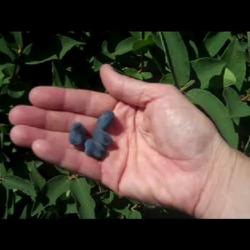
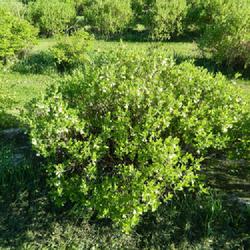
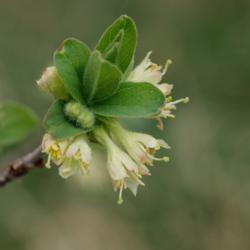
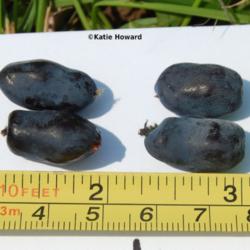
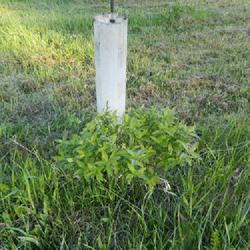
« Add a new plant to the database
» Search the Honeysuckles Database: by characteristics or by cultivar name
« See the general plant entry for Honeysuckles (Lonicera)